6 Ways to Inspire Others to Live Sustainably
Are you motivated to go green, but your friends and family aren’t on board? Try these six simple steps to inspire your inner circle to live a more sustainable, eco-friendly lifestyle.
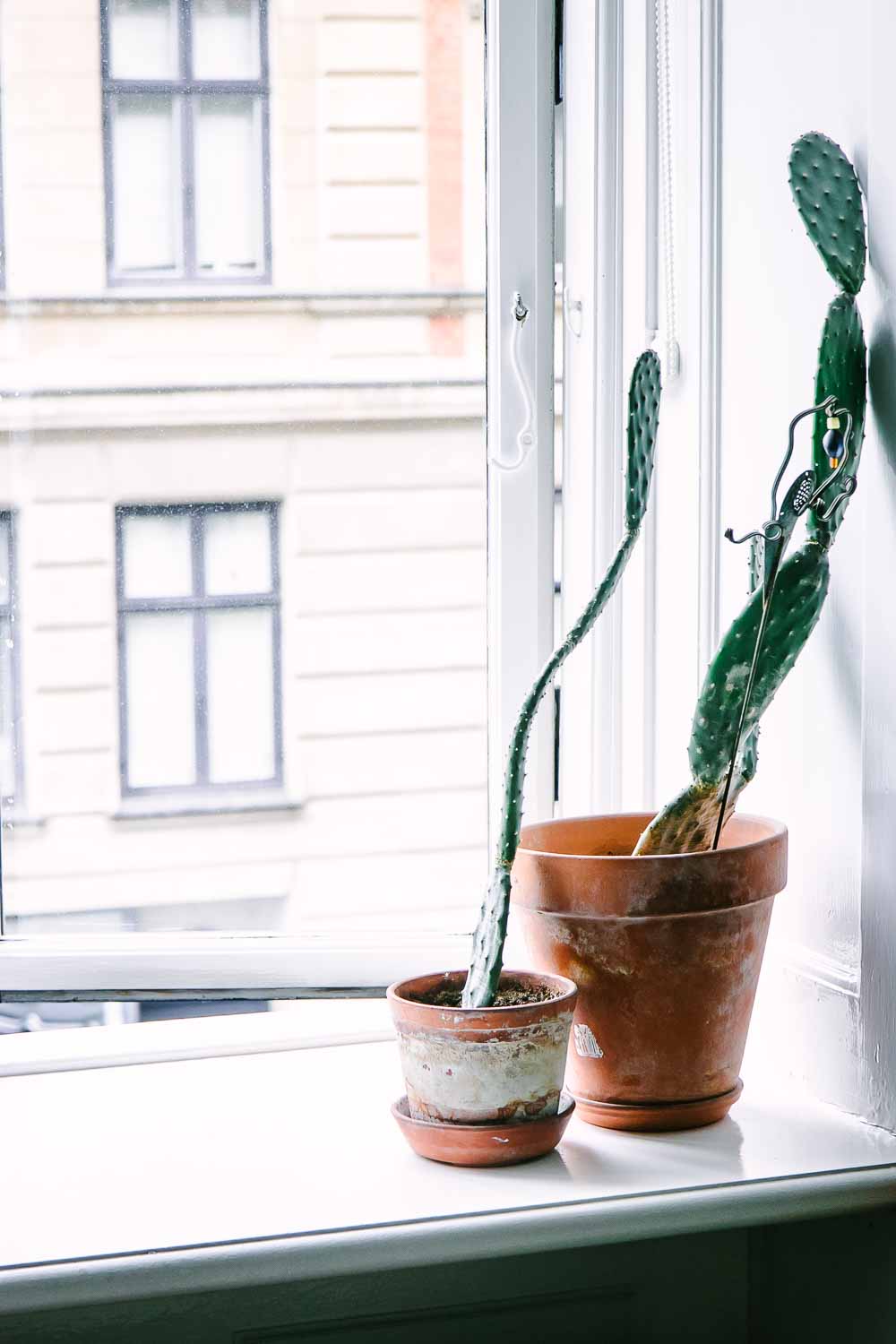
Want to Save This Recipe?
Enter your email & I’ll send it to your inbox. Plus, get new plant-based recipes in your inbox!
By submitting this form, you consent to receive emails from Fork in the Road.
Commiting to living a green, sustainable lifestyle is a pivotal moment in anyone’s life. You’re likely feeling a mix of emotions: determined to start living according your values, nervous to make a big life change, and excited to overhaul your daily habits to align with your eco-friendly goals.
Overall, you’re hyped to start going green…except there’s just one problem: your friends and family aren’t on board with your newfound passion for sustainable living.
👉 Read on for how to inspire others to hop onto your sustainable living mission. Let’s do it!
👉 My struggle with inspiring my partner to live sustainably
I know firsthand that deciding to change your lifestyle is hard, but deciding to change your life with a not-so-supportive life partner, friend, or family member is an even bigger challenge.
When I first started on my own sustainable living journey, my husband wasn’t as hot on the idea as I would have hoped. In fact, in some ways he was downright opposed (let’s not talk about all his reasons for hating composting!).
However, over (a lot of) time my commitment to small eco-friendly changes made an impact and now I can say with confidence that we are both invested in eating sustainably and building a green home for our family.
In fact, my husband even adopted a 100% plant-based diet (a big win!). We’re still working on getting him to compost his food scraps though.
If you’re struggling with getting your partner or close family on the path to sustainability, I feel you. That’s why I’ve recorded the exact six steps I took to get my partner on board with green living to help you motivate your own spouse to find their path to living a more sustainable lifestyle.
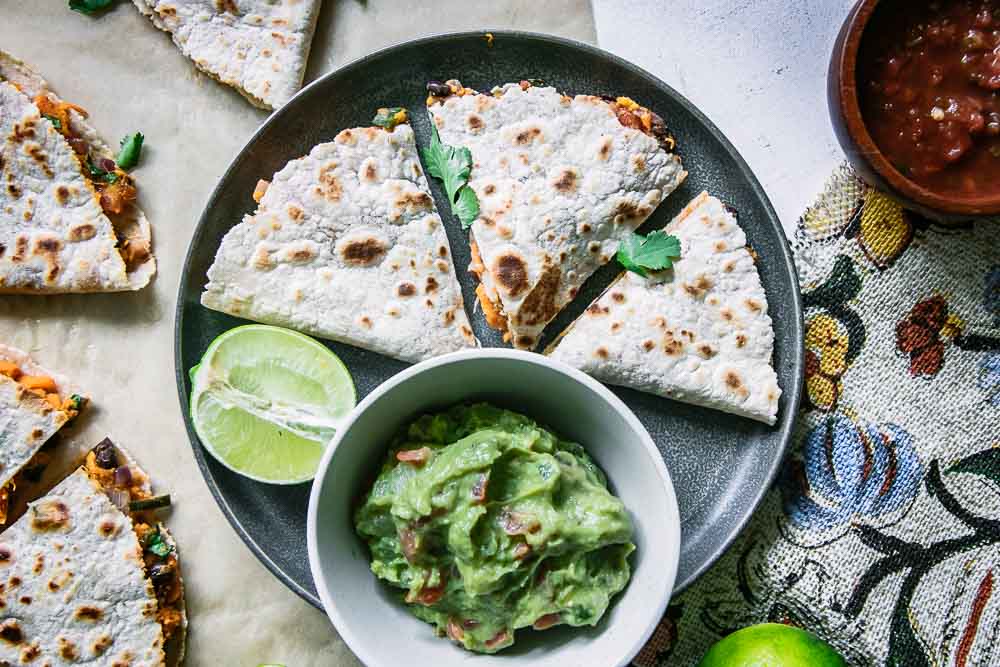
1️⃣ Step One: Start simple with sustainable changes
When you first decide to make a big life change — whether it be transitioning to a plant-based diet or deciding to only buy green products for your home — you’re likely ready to move full-steam ahead in overhauling your habits.
However, the other people in your life may not be on board with your newfound passion for eco-living so it’s important to start small and simple with your sustainability shifts.
Instead of doing a complete lifestyle 180, implementing one new change per week or month and allowing your partner to get comfortable with it may be a better way to make long-term, sustainable changes.
👉 Try this: if you’re trying to shift to a plant-based diet, instead of asking your partner to completely cut out animal products cold turkey, try implementing 1-2 meatless meals per week. Or, when trying to reduce energy use in your home, start by lowering your thermostat by one degree a week. When these small changes become habit, you can introduce more over time.
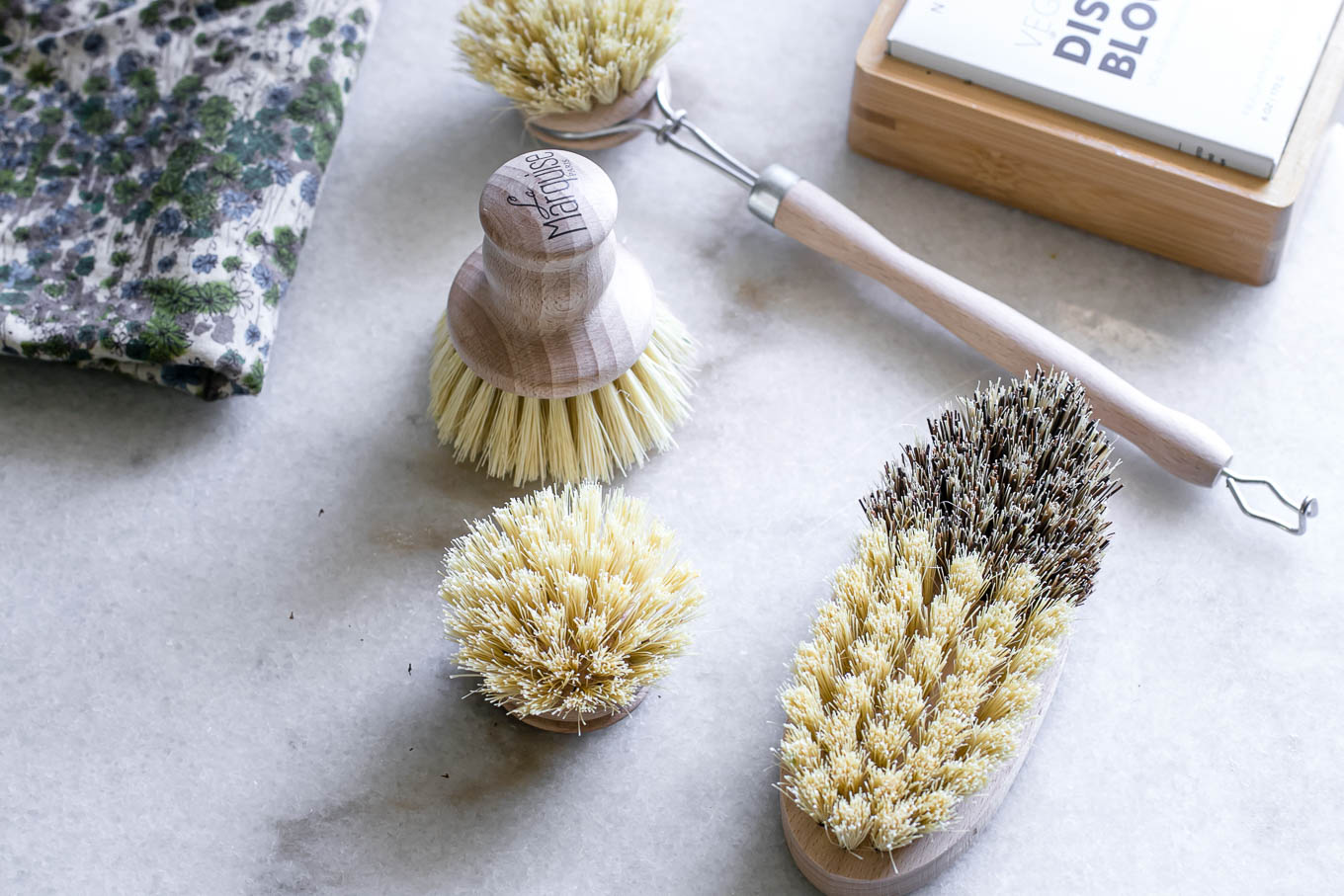
2️⃣ Step Two: Talk about the positives of eco-friendly living
You likely felt the urge to eat and live green for some time before deciding to make the change, which means you’re now living according to your inner values. Being true to yourself feels good, which means you’re probably super stoked to talk about it with anyone…to the chagrin of your friends and family.
Discussing the state of our planet can be eye-opening and encouraging for many people. However, the tone of these conversations is often negative and focuses on the dire outlook for our planet. While this may motivate you, it can make others feel hopeless and like nothing they do will make an impact.
Instead, talk about the positive ways going green makes you feel to inspire the people around you to make a change. Did you and your family start meal planning each week? Tell them how good it makes you feel to reduce food and packaging waste in your kitchen or how nice it feels to know what you’re cooking for dinner each night without spending extra money on ordering out.
If your family and friends love and respects your feelings (as they should!), they will want to continue to see you happy. On the other hand, you can’t force someone into changing and guilting and shaming them isn’t going to help you get the outcome you want.
So keep the conversations light and positive and soon your good vibes — and good habits — may rub off on them.
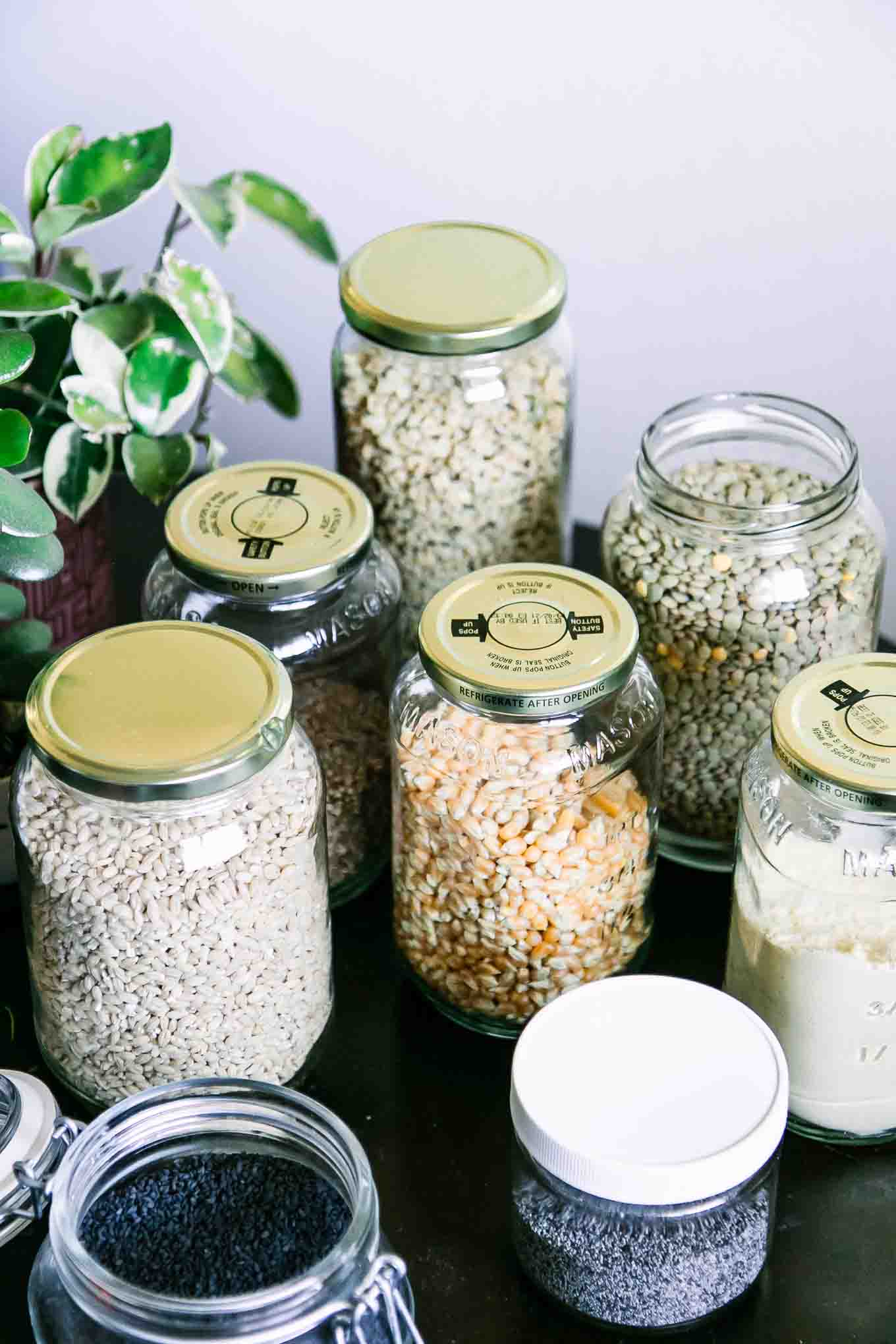
3️⃣ Step Three: Tap into key motivations for change
After making small shifts in your daily habits and talking about the good reasons for going green, you may still struggle if your family members still forget to use the reusable beeswax wrap or leaves the lights on in every room in the house. They may agree with your reasons for wanting to live a sustainable lifestyle, but in practice you’re both not on the same page.
One of the most challenging parts of having people around you who aren’t on board is that each person is motivated to change for different reasons. You may hear about the Amazon burning or the plight of dolphin by-catch in tuna fishing and be ready to give up eating animals altogether. Your partner, however, may hear the same stories and sympathize but not be motivated to make a dietary change.
The key to helping your loved ones adopt a greener lifestyle is to identify what motivates them to change. Are they particularly motivated by personal health issues? Explain how a plant-forward diet or switching to non-toxic cleaning products can make them feel. Are they motivated by money? Show them how making your own salad dressings or buying groceries in bulk can save hundreds of dollars over the course of a year.
Overall, it’s important to realize that just because you are motivated by the current state of animal agriculture or the Environmental Working Group’s latest damning consumer report doesn’t mean everyone else will be. However, they may be fired up about the latest nutrition research on the benefits of plant-based diets for heart health while these things do nothing for you.
Identifying what motivates others can help them move along their green living journey for faster long-term change.
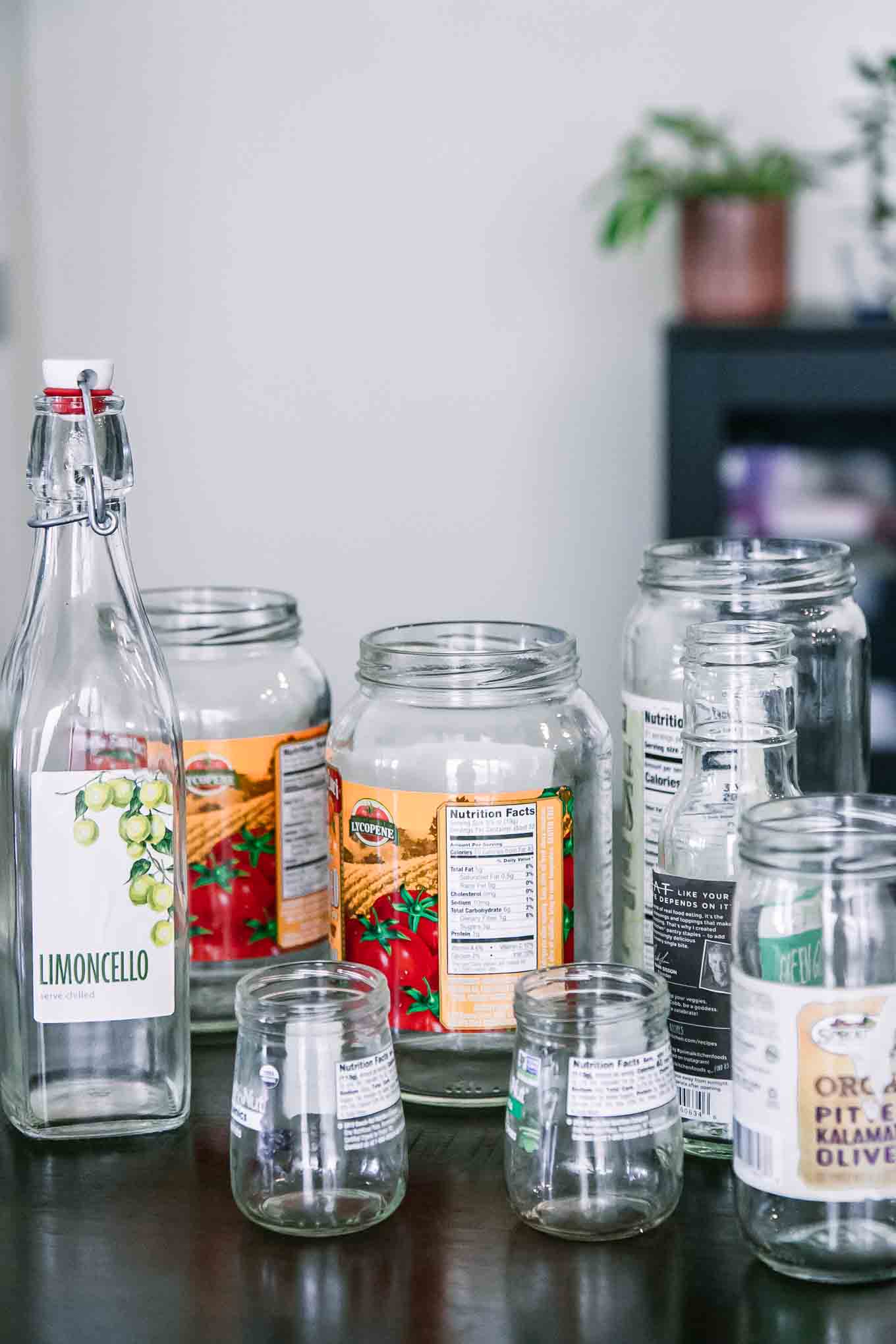
While we’ve discussed many different ways to task your partner with living a more sustainable lifestyle, it’s important to realize that you cannot force someone to make a change if they do not want to. You cannot control how other people live their lives, even those you have committed to building a life with.
If your loved ones are resistant to change, take a step back and look at the situation from their perspective. You lived a lifestyle that was working and comfortable to them, until YOU decided to make a big change and now would like them to change with you. It’s only natural for someone in their situation to be hesitant, if not downright resistant.
So while you may be ready to make great changes to “greenify” your diet or your home, your partner may not be. And you have to be willing to meet them in the middle and not force a change they’re not willing to make.
👉 That doesn’t make you a failure in sustainable living, it makes you a thoughtful and cooperative partner.
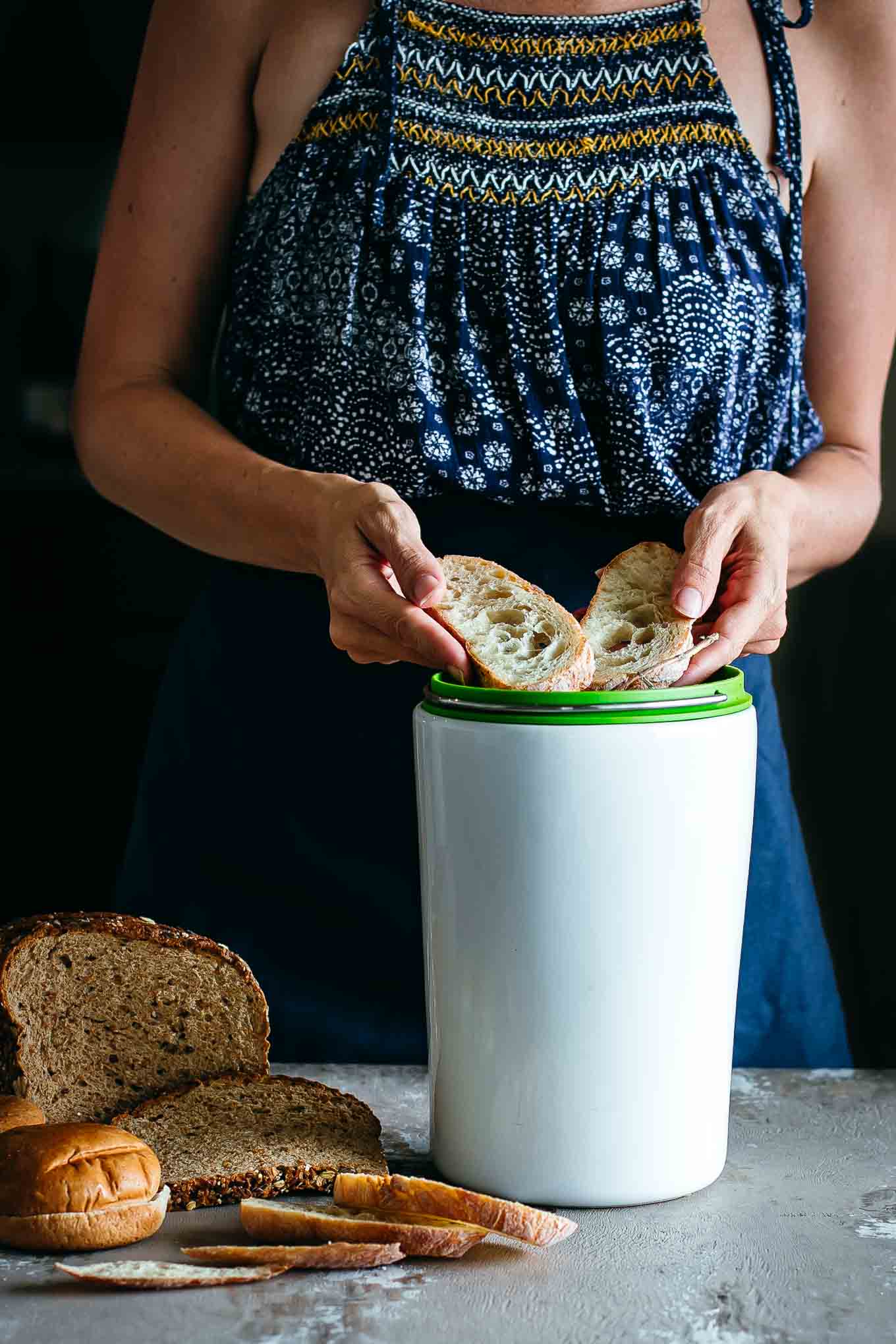
5️⃣ Step Five: Continue to be an example for living green
While your friends and family may drag their feet on your collective eco-friendly journey, that doesn’t mean you have to stall your own personal path to sustainability. Just because they are not willing to implement some aspects of earth friendly living shouldn’t hold you back from testing and trying out new ways to go green.
One example from my own sustainability story is what I call my “toothpaste epiphany”. For months when I would buy new toothpaste, I would opt for brands that aligned with my values who only used natural ingredients and sustainable packaging. However, each time we ran out of toothpaste and my husband bought a new tube, he would always revert back to the brands I was trying to avoid.
Eventually I asked him why he bought the cheap, big brand products instead of the greener, natural toothpastes I had come to love. His answer was simple: he didn’t like the way they taste.
While I could have argued the negatives of these brands or tried to appeal to his personal health change motivations, I realized that at the end of the day he just wanted his toothpaste to taste good and there was nothing I could say to change his mind.
So what did we do? For about a year, we both bought our own toothpastes. He used his sparkly, flouride-filled, colorful brand and I used my simple baking soda alternative.
But after awhile he began to use my brand from time to time, and over time I realized he stopped buying his own. He got used to the plain taste of the greener product, and now it’s what he buys each time we run out.
The moral of the toothpaste epiphany story is that you don’t have to stop moving forward on your road to green living just because those around you aren’t ready to join you. Instead you can keep going and hope that your others decide to come along for the ride…eventually.
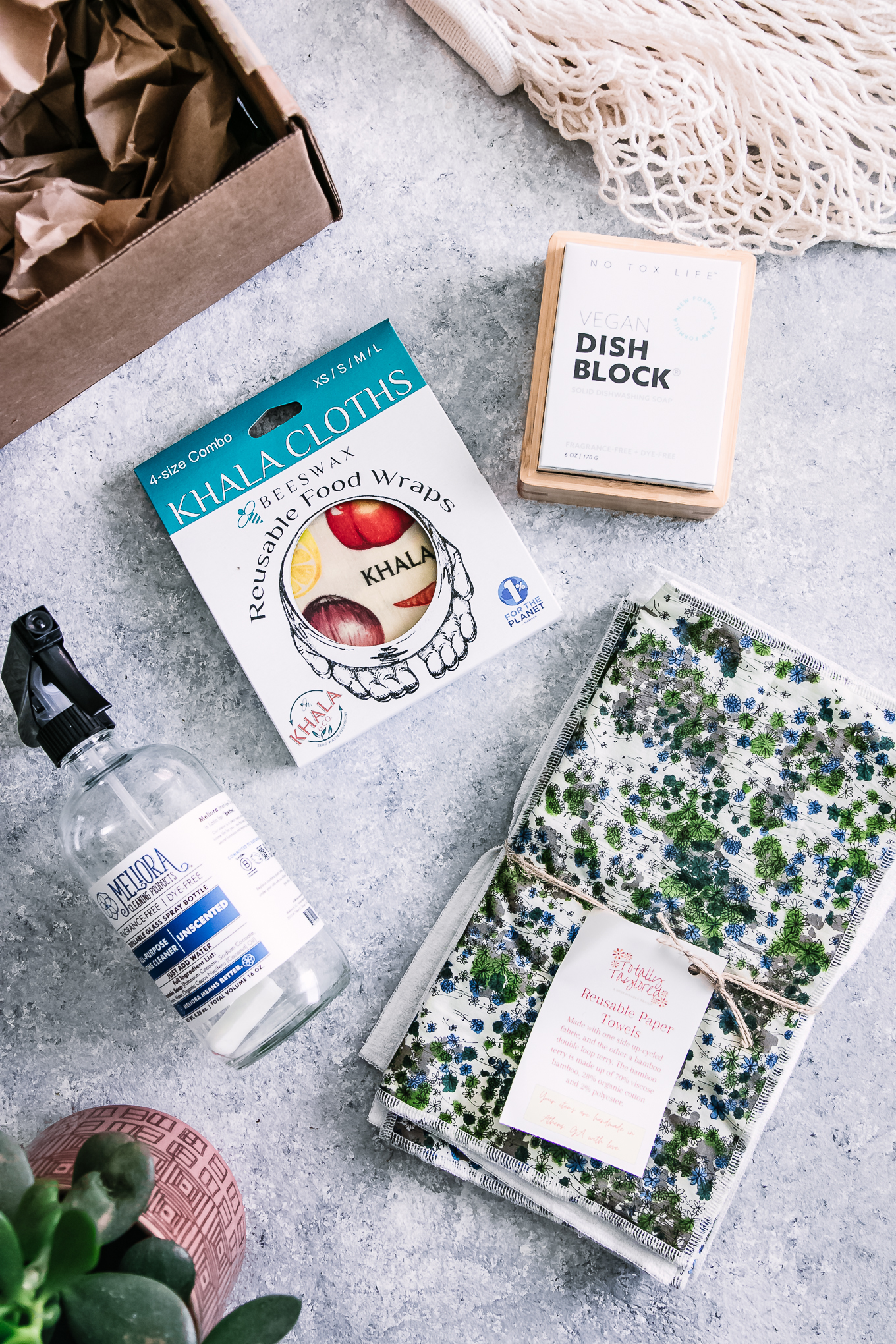
6️⃣ Step Six: Realize everyone has their own sustainable living path to follow and you should celebrate each step of the way
Making a huge change in your life doesn’t happen overnight — it’s a series of small steps that add up to big shifts over time. One good decision leads to the next, and next thing you know you’re living a completely different lifestyle than you were a month, a year, or a decade ago.
Whether you and your friends and family are on this journey together or taking things at your own pace, it’s important to celebrate each step of the way for one another. Did your loved one start filling up their reusable water bottle every day instead of buying bottled water? Celebrate that! Did they choose a vegetarian burrito instead of the carne asada? That’s amazing!
The bottomline is that each person has their own path to follow when it comes to living sustainably, and your paths may not always run parallel to one another. However, sticking to your commitment to change and setting a good example has a funny way of invoking change in those around you. Small steps add up, one sustainable shift at a time.
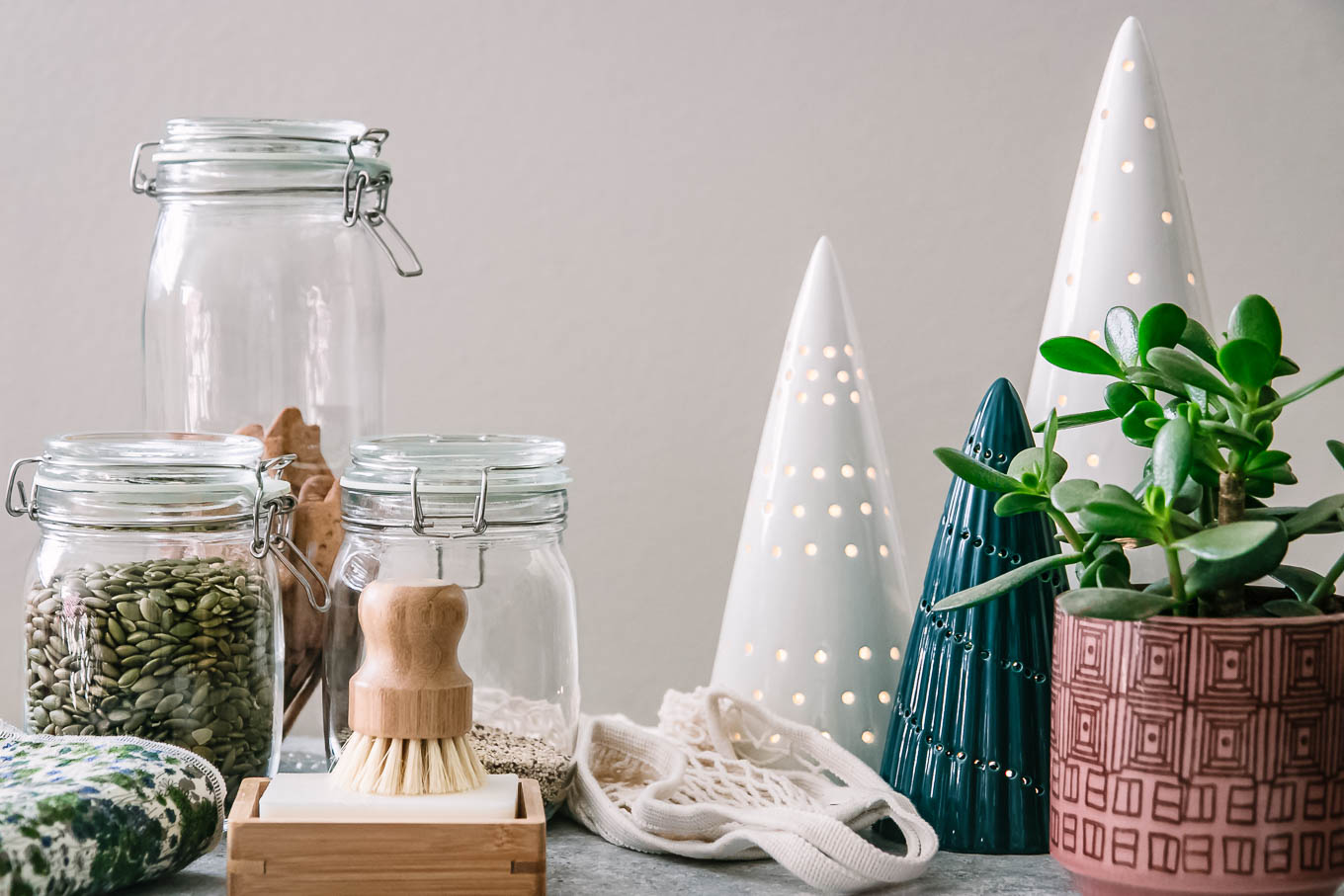
♻️ More green living guides
- Green Gift Guide: Eco-Friendly Holiday Gift Ideas
- Which Sustainable Food Certifications Can You Trust — and Which are Fluff?
♻️ Want more inspiration for going green in the kitchen? Join the Green Living Community for plant-based recipes, sustainable kitchen hacks, and get our FREE guide to meal planning to reduce food waste!
UPDATE: This article was originally published in November 2019 and update in November 2022.

